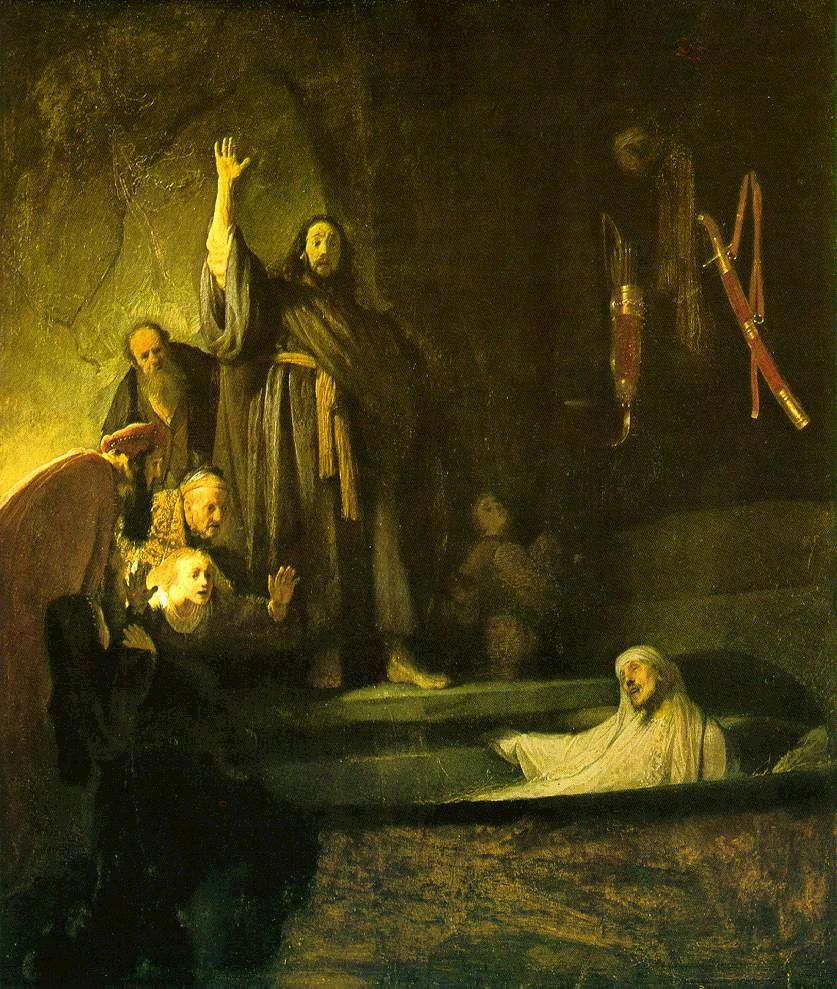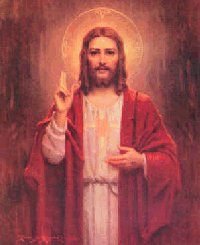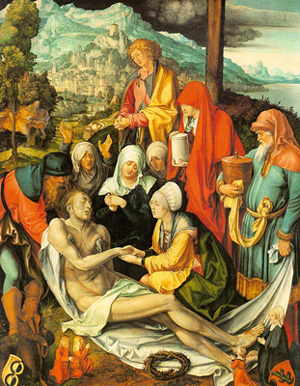 Clement quotes from the Secret Gospel of Mark the tale of a young man who, like Lazarus, was raised from the dead by Jesus and who later came to Jesus "wearing a linen shroud over his naked body." Clement quotes the Secret Gospel of Mark as stating that Jesus spent the whole night teaching the young man "the mystery of the kingdom of God."
Clement quotes from the Secret Gospel of Mark the tale of a young man who, like Lazarus, was raised from the dead by Jesus and who later came to Jesus "wearing a linen shroud over his naked body." Clement quotes the Secret Gospel of Mark as stating that Jesus spent the whole night teaching the young man "the mystery of the kingdom of God." Morton Smith spent a decade examining this Secret Gospel of Mark and finally came to this conclusion concerning the special rite of psychic immersion and resurrection into a new realm of being:
"Jesus could admit his followers to the kingdom of God, and he could do it in some special way, so that they were not there merely by anticipation, nor by virtue of belief and obedience, nor by some other figure of speech, but were really, actually, in."
What we have, then, is a clear indication that Jesus--and his authentic followers--practiced a baptismal initiation rite in which they "spiritually immersed and then resurrected" aspirants into a new realm (kingdom) of Higher Consciousness. Through initiation, neophytes achieved consciousness of an inner awareness of and a participation in a Higher World--in their Real Self.
 It is only after experiencing entry into the search for the unitive state that one can begin to discern the authentic parts of the New Testament and other genuine spiritual literature. It makes it possible to discriminate between what is real and what is concocted. Only that which speaks to a dying to self and re-birth to a Higher Consciousness is understood to be genuine.
It is only after experiencing entry into the search for the unitive state that one can begin to discern the authentic parts of the New Testament and other genuine spiritual literature. It makes it possible to discriminate between what is real and what is concocted. Only that which speaks to a dying to self and re-birth to a Higher Consciousness is understood to be genuine.The person initiated begins to experience a force kindled within him, his true spirit. A new being has entered him and become active in his life. Forces slumbering within are awakened; he begins to experience inspiration from a Higher Source and feels the necessity to act in such a manner that he can share in the life of others. Spiritual transformation--re-birth--has occured, bringing about a change in that part of him that is open to "intuition or inspiration," the voice of "the teacher within."
The Perennial Tradition is alive and well in all its embodiments--Esoteric Christianity as well as others. The esoteric teachings and practices which were used by Jesus and his authentic followers are still being practiced today--but by contemporary Perennialist teachers in ways which are not easily recognized by those "who have eyes to see but do not see."
